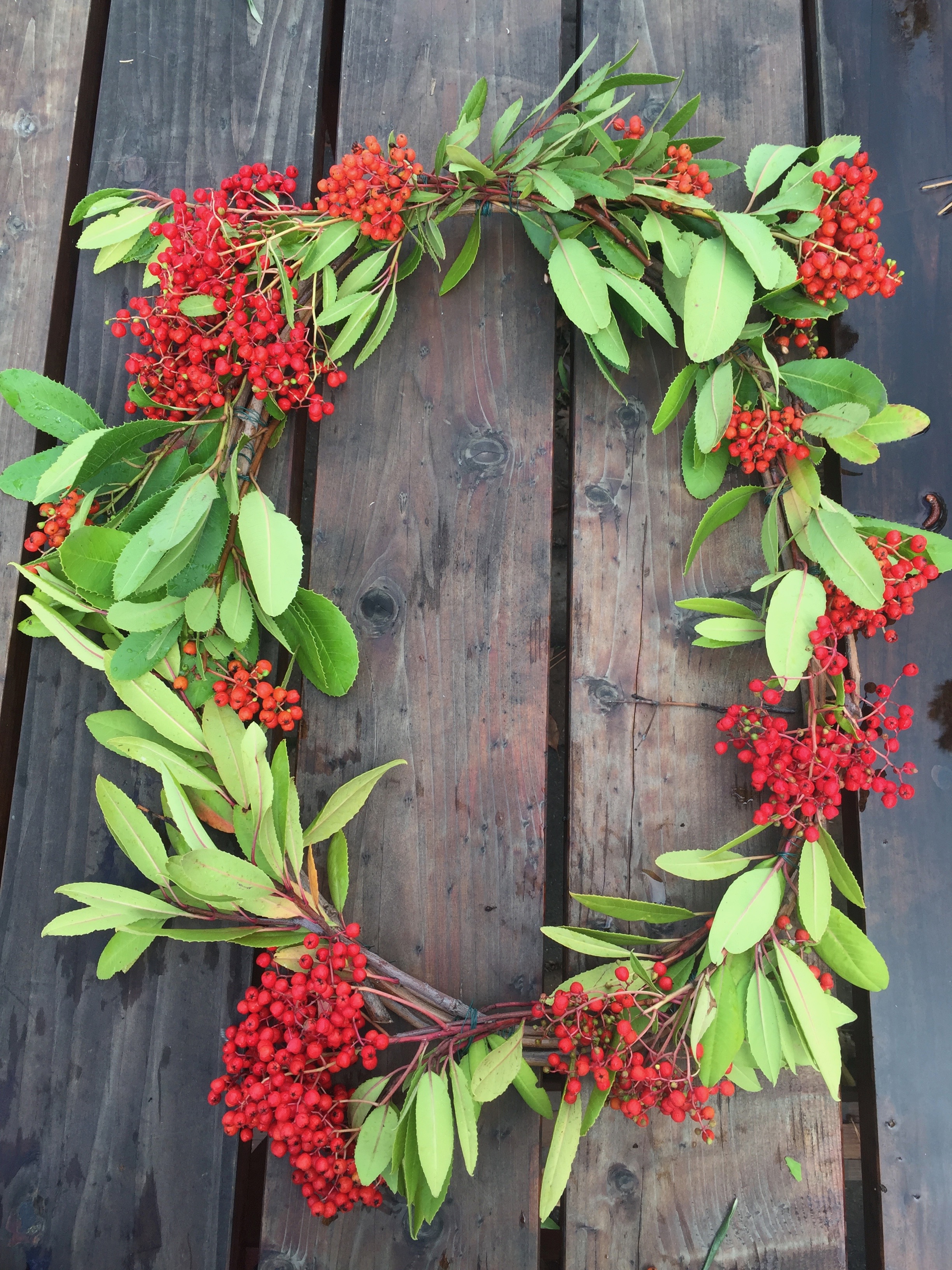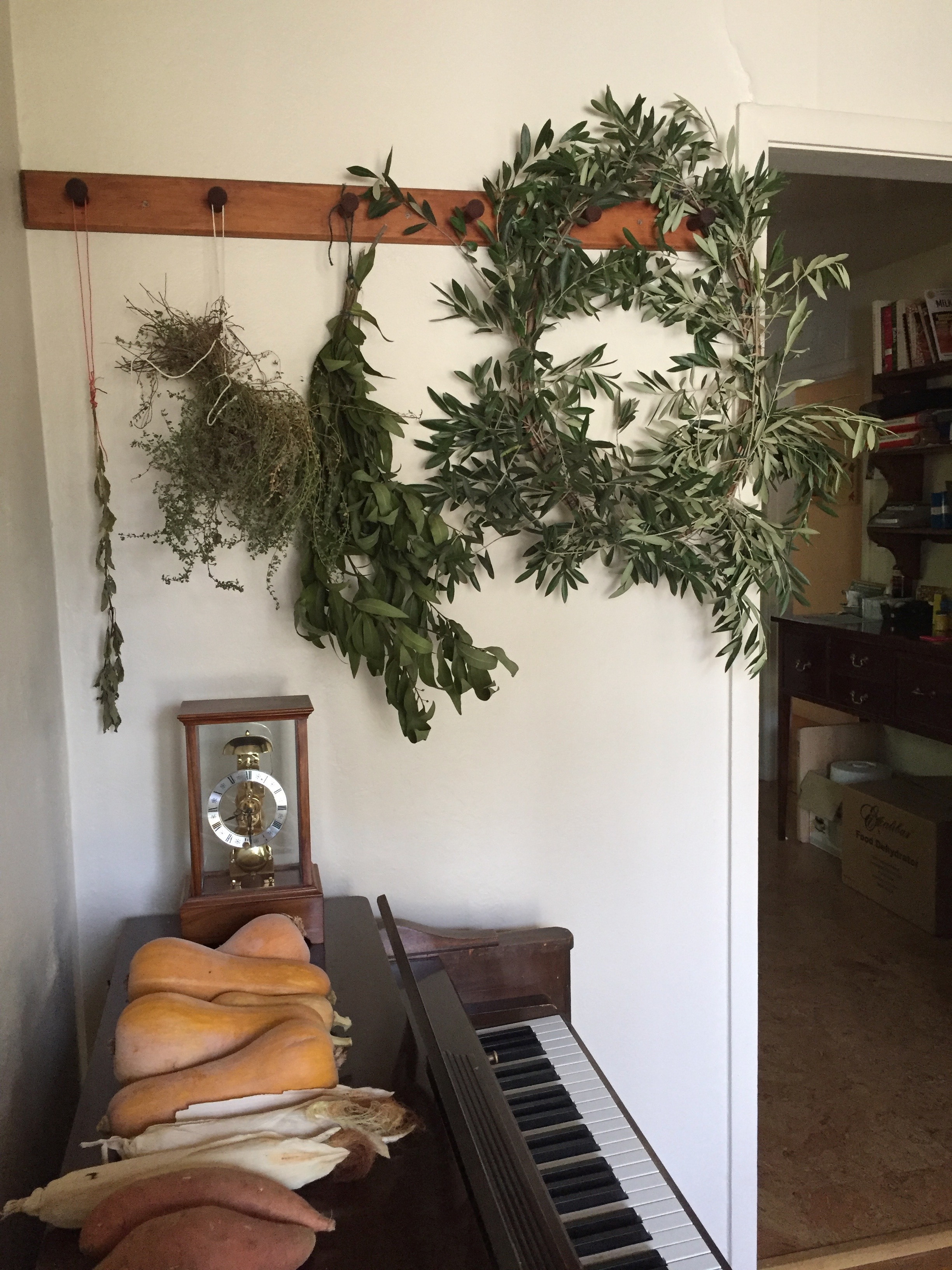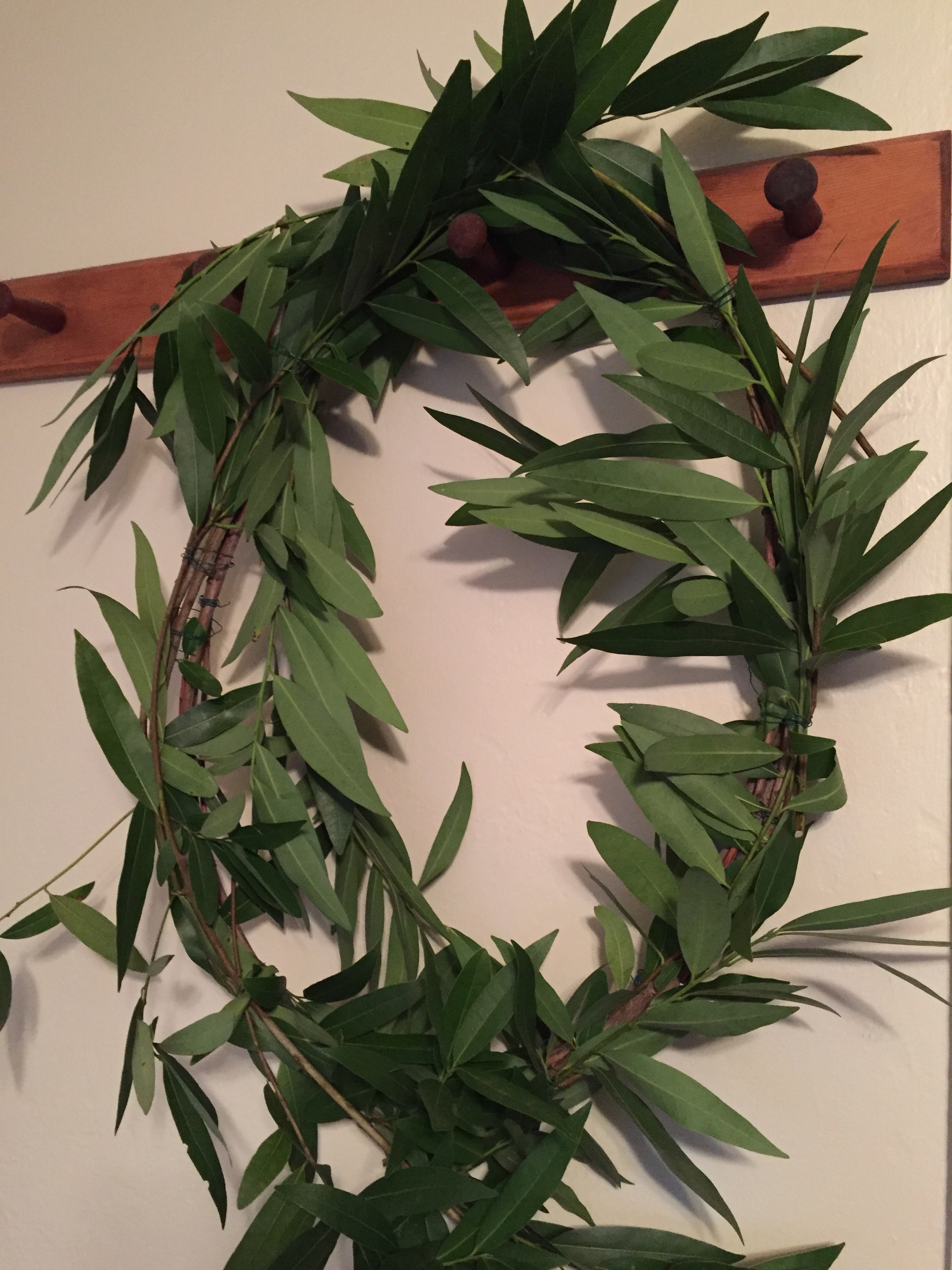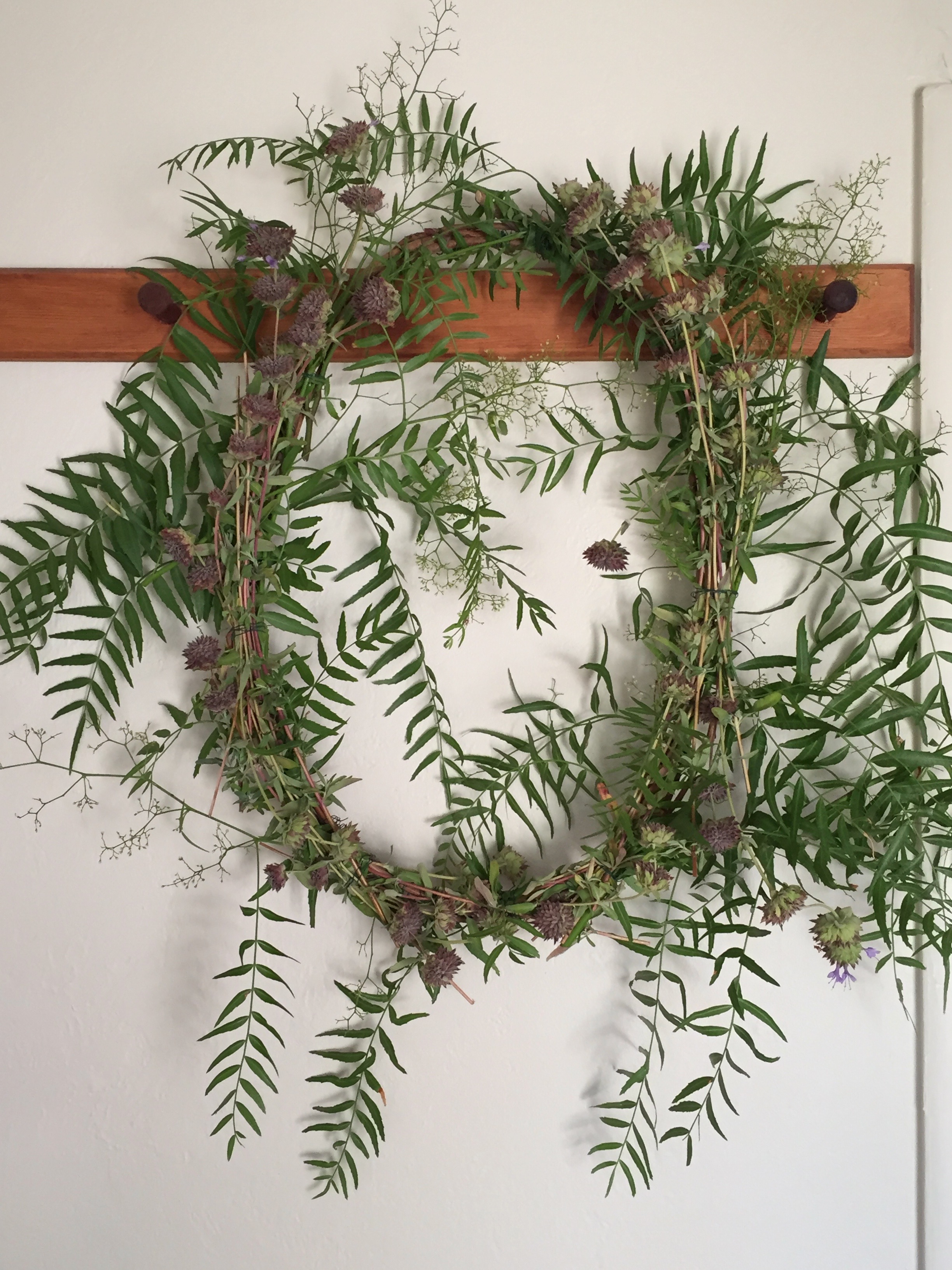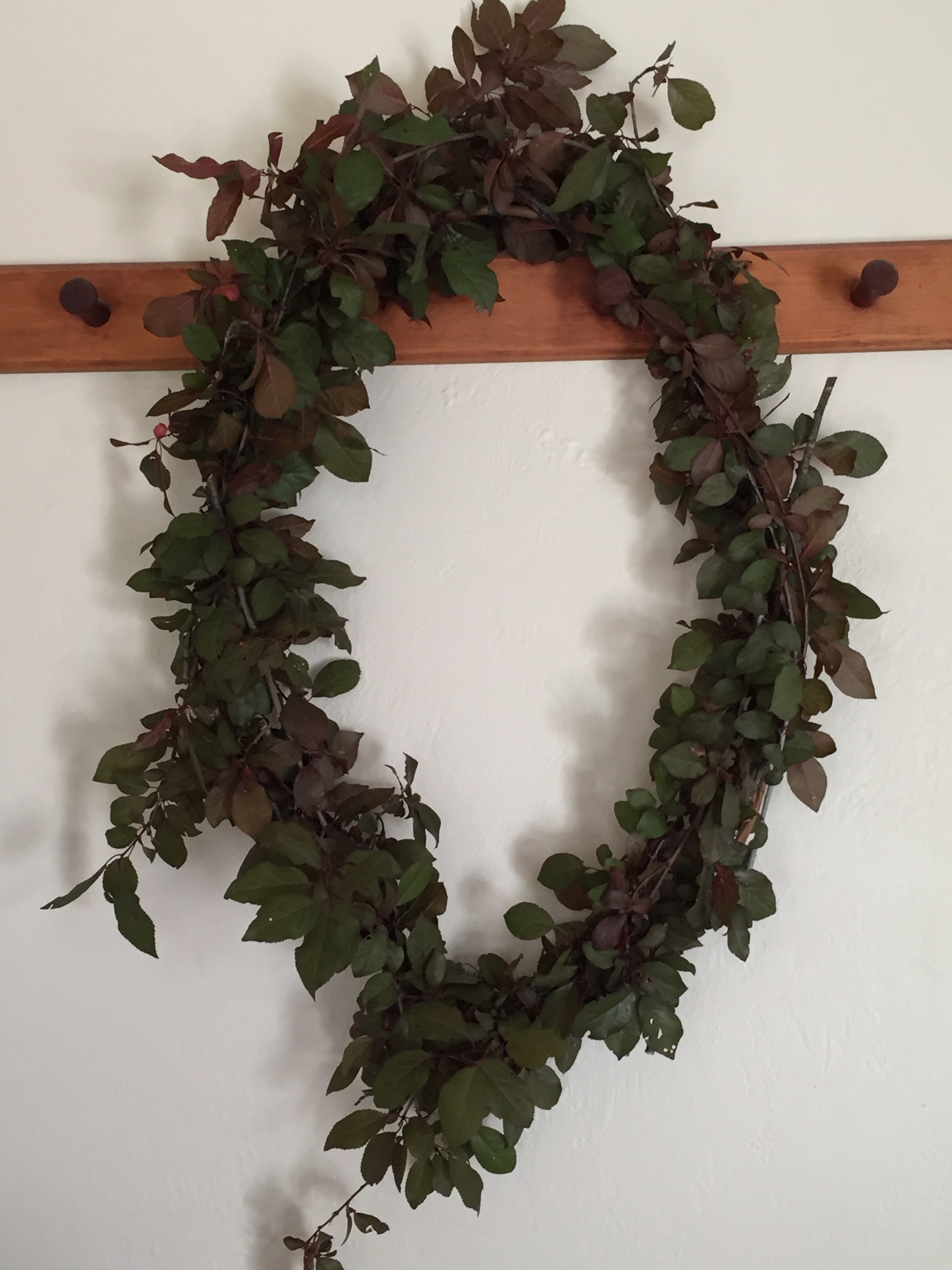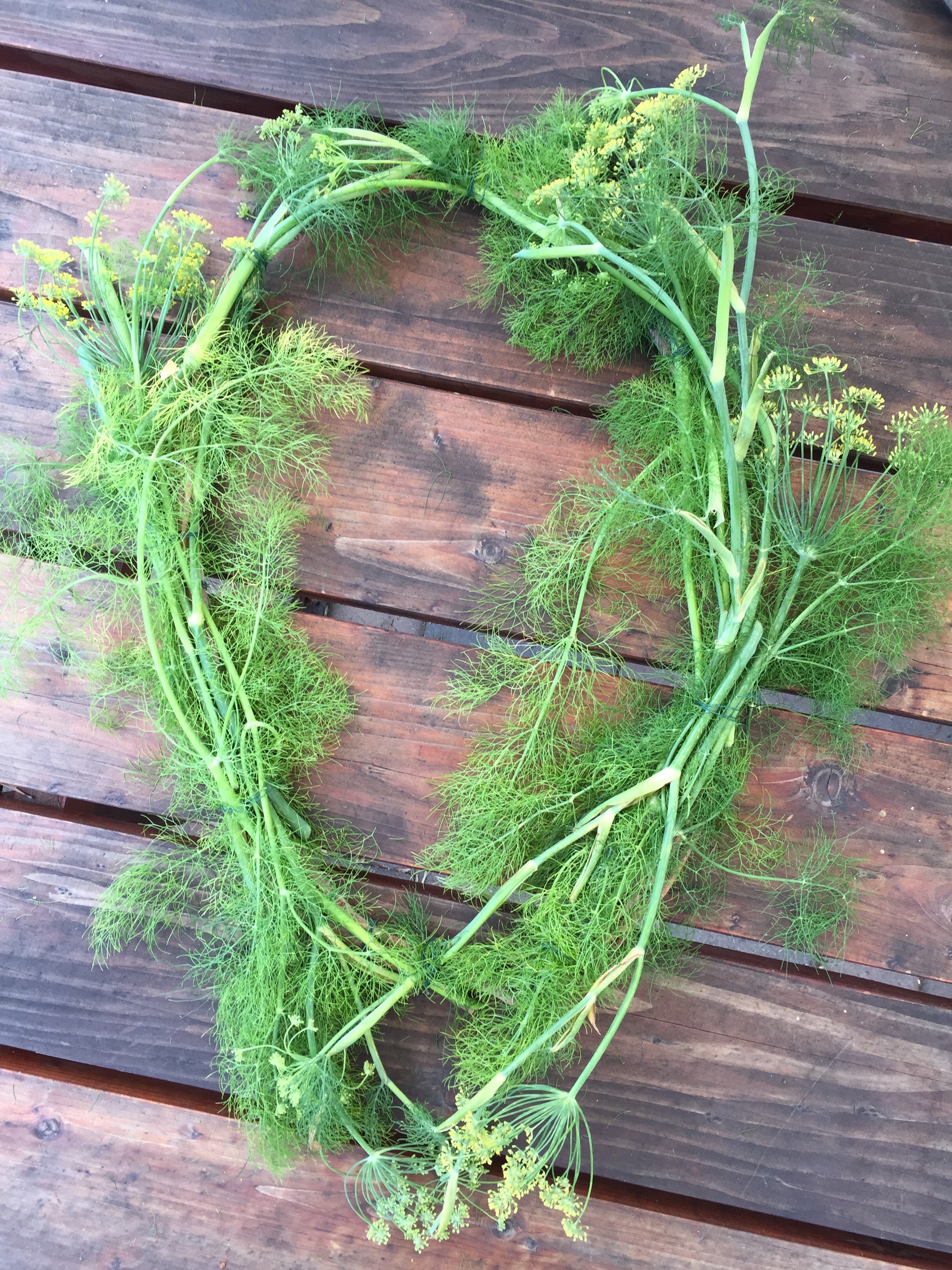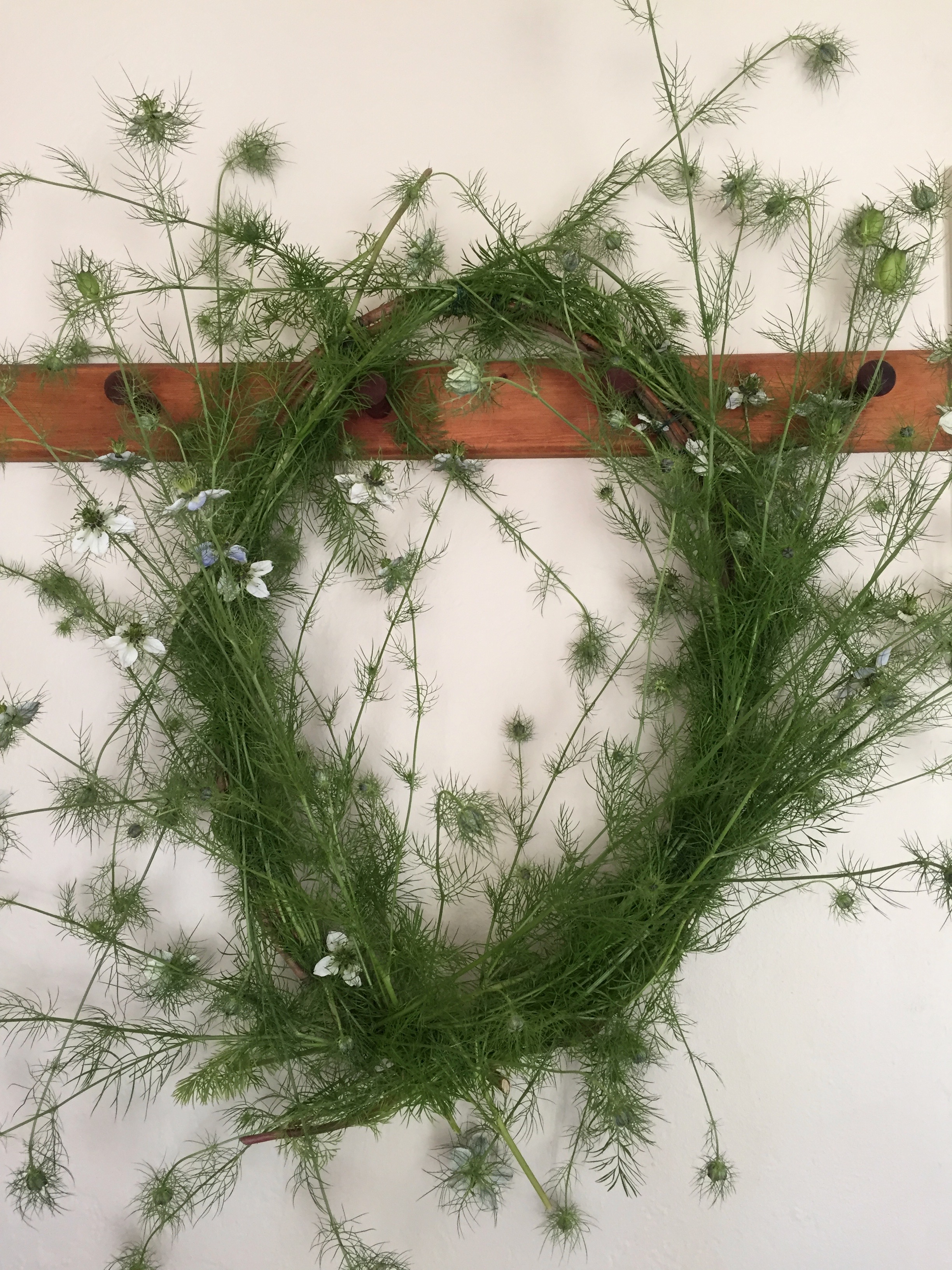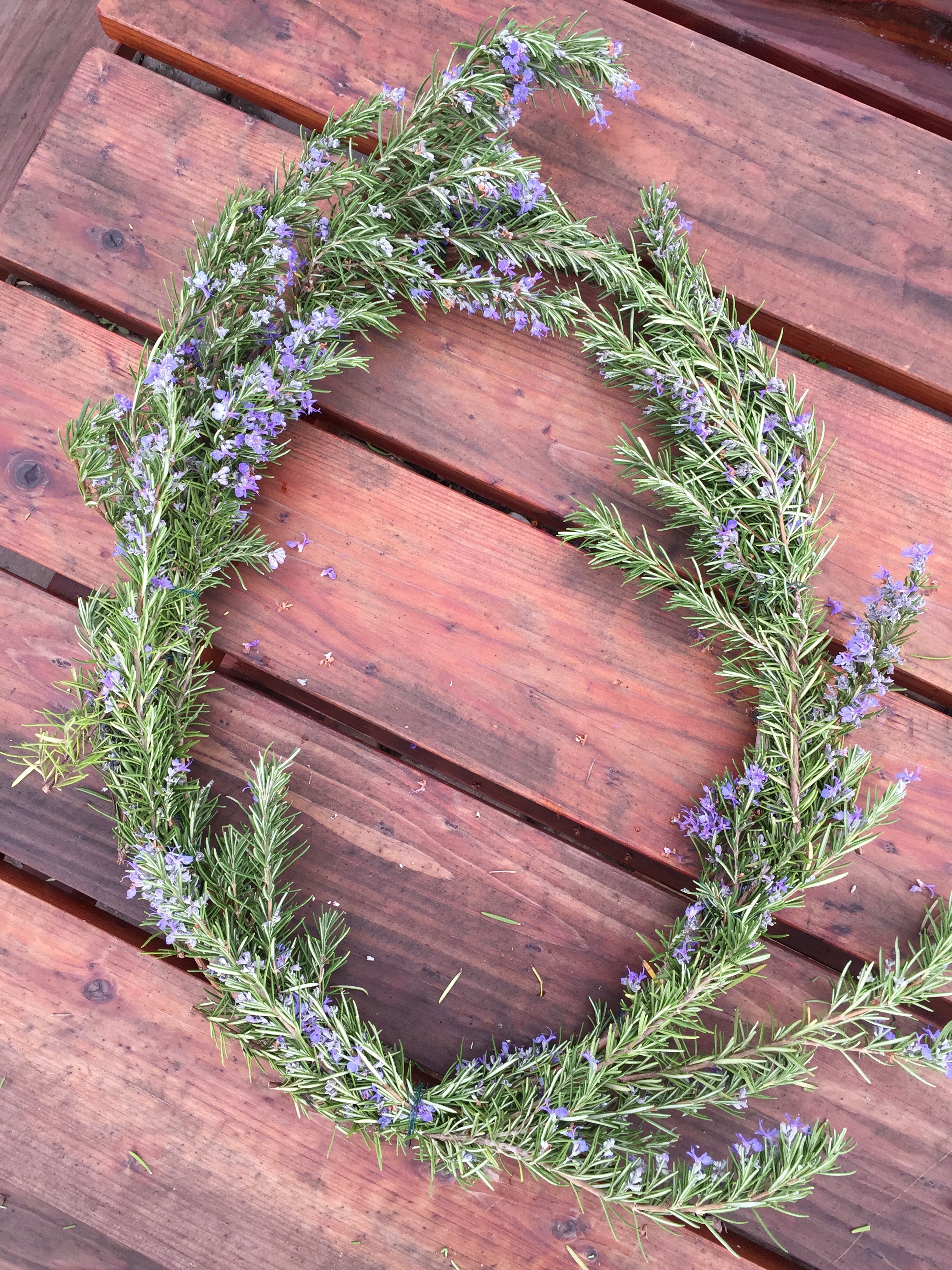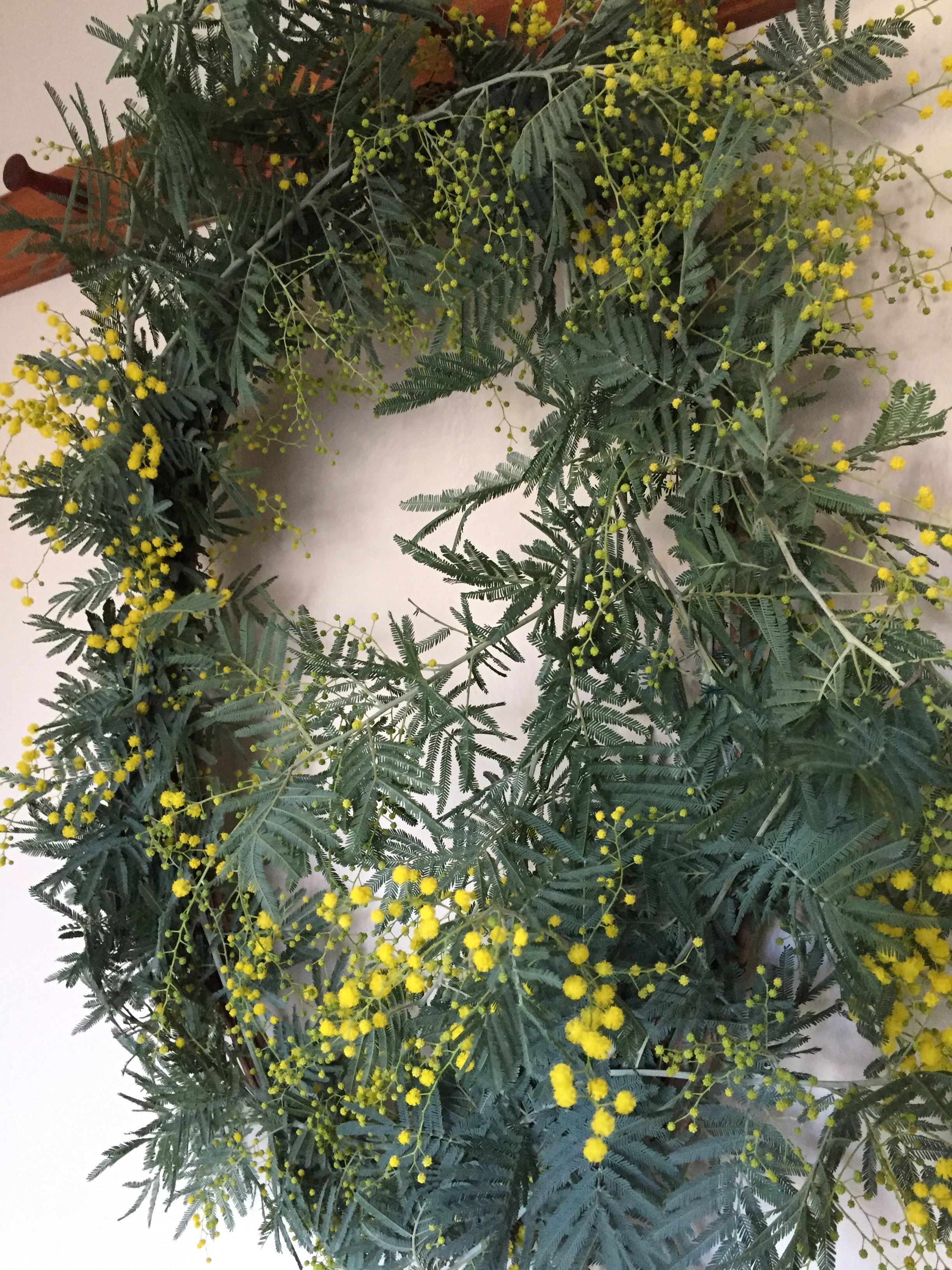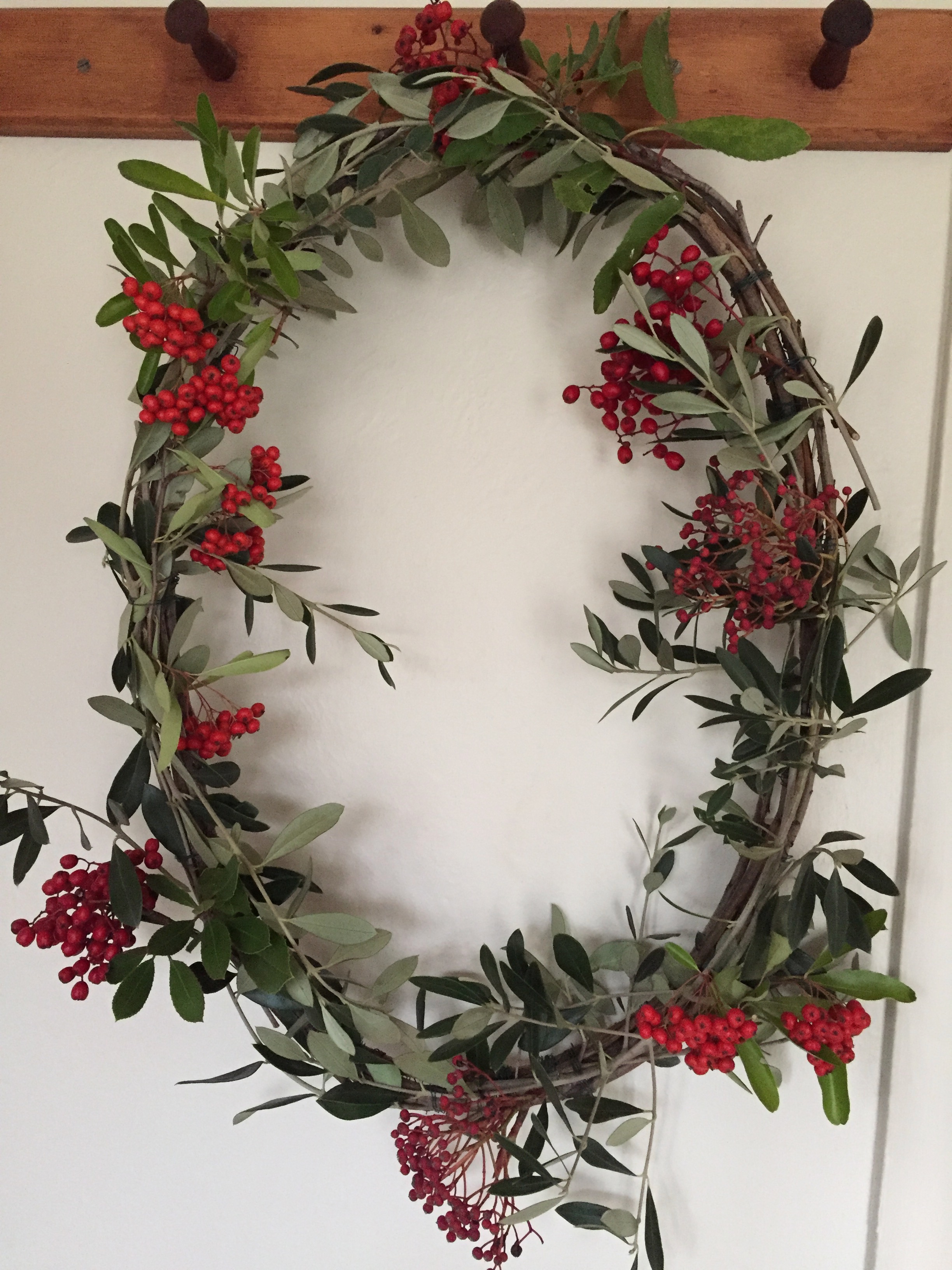Today I uncovered the beds, as we have temps in the 50’s and rain is coming. When the row covers are on, I can’t really see how the plants are doing. When I need something, I undo a small portion of the cover and pick it - some kale, say, or some romaine lettuce (and with this romaine recall, it sure has been nice to have our own supply!). So I don’t really get to see the big picture until they are all uncovered, and then whoa. I realize they’ve grown and look beautiful!
Last year we didn’t use row covers because we did that cover crop of winter wheat. I’d forgotten what a pain it is to cover and uncover the beds. I can uncover them by myself, but I need a friend to cover them properly again. So it’s all a juggle, really. Most of the time the nighttime temps are in the 30’s so the beds have to stay covered. It’s rare that I get to open them, so it’s not like I’m doing it every day, and thank goodness. You know, probably most of what I’m growing can be out in the 30’s as well. Not the potatoes - but brassicas, carrots, beets, leeks, parsnips - all of it can withstand temps just above freezing. I guess I’m just acting with an abundance of caution.
Winter greens are so pretty, with their varying shades of green and highlights of purple. I have discovered that the chickens prefer their greens torn into small pieces. They don’t particularly like it when I throw them whole leaves. Though one clever hen has figured out how to step on one end and tear pieces off the other.
Over time, I have learned that anything that doesn’t get eaten by the chickens, will get eaten by nighttime creatures. The opossum that lives under Adam’s train shed likes rotting things. If the leftovers don’t get eaten, I collect them and put them in the compost pile at the corner of the chicken run. Nothing is wasted.
I found a bag of jalapeños in the freezer and defrosted them, then roasted them. Today I am drying them in the dehydrator to make dried chipotles for a gift. They smell really good as they dry! I am glad I thought ahead to freeze a bunch as well as hang many strings in our house to dry over time. We use them all. A classmate just gave me some seeds for a perennial hot pepper; I’m anxious to try them in the summer. I’ll plant them in pots, so I can put them in the greenhouse over the winter. Honestly I’ve read that you can do this with any pepper - they are all perennial if cut back severely and kept in a warm place during the cold months. Right now, all I have in the greenhouse is a brugmansia and some portalucas that I decided to start for the pallet planter. The brugmansia is one I originally planted in a pot, then into the ground. It freezes every winter and has to start again in the spring, so I never get blooms. This year I decided, on the advice of yet another classmate, to cut off a large portion of the stem, stick it in dirt, put in the greenhouse, and it would root and be ready to plant out in the spring. We shall see! It’s looking promising! The portalucas (moss roses) will be great in the pallet planter because they require great drainage.
Competing with the spicy roasted pepper smell are these cookies. Adam asked for white chocolate/macadamia nut cookies, which I’ve never made before - and may I say - YUM. They are truly delicious. I love wintertime baking. :)
I’d love to hear about your baking and cooking adventures, as well as what you’re harvesting out of your gardens. Do you use cold frames? Low tunnels? Greenhouses? or do you let the ground rest over the wintertime?


















